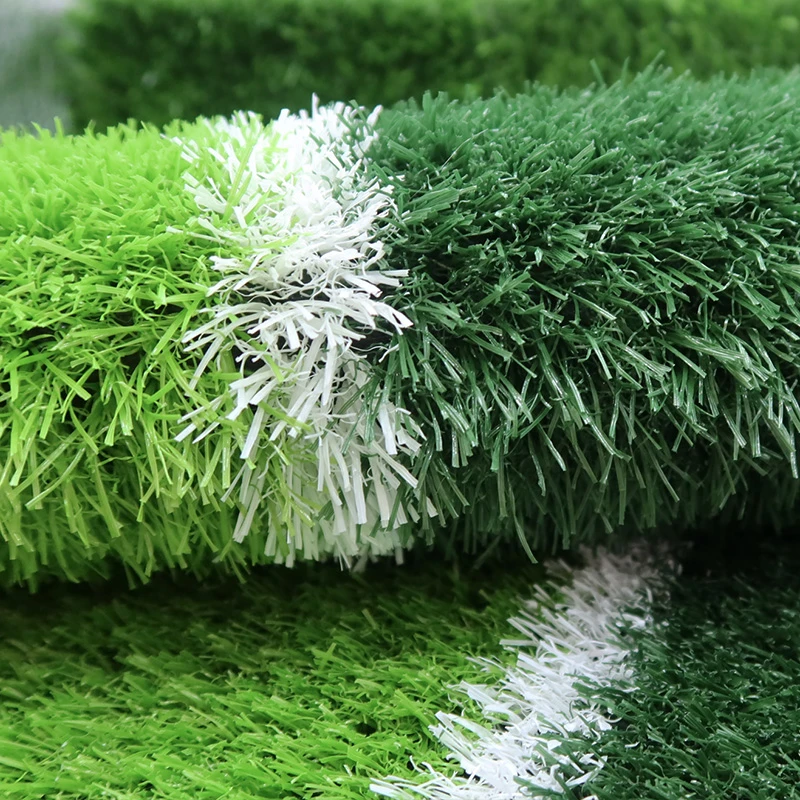
- Afrikaans
- Arabic
- Belarusian
- Bengali
- Czech
- Danish
- Dutch
- English
- Esperanto
- Estonian
- Finnish
- French
- German
- Greek
- Hindi
- Hungarian
- Icelandic
- Indonesian
- irish
- Italian
- Japanese
- kazakh
- Rwandese
- Korean
- Kyrgyz
- Lao
- Latin
- Latvian
- Malay
- Mongolian
- Myanmar
- Norwegian
- Persian
- Polish
- Portuguese
- Romanian
- Russian
- Serbian
- Spanish
- Swedish
- Tagalog
- Tajik
- Thai
- Turkish
- Turkmen
- Ukrainian
- Urdu
- Uighur
- Uzbek
- Vietnamese
putting green turf
Nov . 15, 2024 01:34 Back to list
The Importance of Quality Turf for Putting Greens
In the world of golf, the putting green is often considered the heart of the game. As the final destination for a player's carefully drawn path to the hole, the putting green's surface can significantly impact performance. Quality turf plays a crucial role in the overall experience of a golfer, influencing everything from ball roll to player confidence. In this article, we will explore the types of turf commonly used for putting greens, the factors affecting their performance, and the maintenance practices that ensure they remain in optimal condition.
Types of Turf for Putting Greens
When it comes to selecting turf for putting greens, various types of grasses stand out due to their growth habits and resilience. The most popular choices include
1. Bermudagrass This warm-season grass is known for its durability and ability to withstand heavy foot traffic. It thrives in sunny climates and has a fine texture that creates a smooth, fast surface, making it a favorite for many golf courses in the southern United States.
2. Bentgrass A staple in cooler climates, bentgrass is prized for its high-quality putting surface. It is often the choice for professional tournaments due to its smoothness and ability to hold a line, allowing for precise control. However, it requires more maintenance than Bermudagrass and is more susceptible to diseases.
3. Poa Annua This annual bluegrass is frequently found in northern regions and can thrive in cooler temperatures. While it offers a decent putting surface, it can be inconsistent, as it often goes to seed and may develop different textures depending on the time of year.
Factors Affecting Turf Performance
Several factors influence the performance of putting green turf beyond just the grass type. Soil composition, moisture levels, and climate conditions all play significant roles.
- Soil Composition Healthy turf requires well-aerated, nutrient-rich soil. The right mix of sand, silt, and clay can enhance drainage and root development. Proper soil management practices, such as aeration and topdressing, help maintain optimal conditions for growth.
putting green turf

- Moisture Levels Consistent watering is vital for the health of putting greens. However, over-watering can lead to excessive moisture, which may cause disease and weed growth. Golf course superintendents need to regularly monitor moisture levels to ensure the turf’s health while maintaining a firm, dry surface for play.
- Climate Conditions Seasonal changes can significantly affect turf growth. In colder climates, the challenge lies in maintaining greens throughout the winter; in hotter climates, heat stress can damage grass. Understanding local weather patterns helps superintendents manage turf effectively to maximize performance year-round.
Maintenance Practices
Maintaining high-quality putting greens involves rigorous practices to ensure longevity and playability. Key maintenance activities include
1. Mowing Regular mowing is necessary to keep the grass at an ideal height. This helps promote lateral growth and creates a uniform surface for consistent ball roll. Turf for putting greens is typically cut shorter than other areas of the golf course to achieve the desired speed.
2. Fertilization To enhance growth and color, applying fertilizers based on soil tests is crucial. The right nutrients encourage healthy growth while also supporting resilience against pests and diseases.
3. Aeration Aerating the turf, or perforating the soil with holes, allows for increased air, water, and nutrient penetration. This practice reduces soil compaction, promoting healthy root systems and improving drainage.
4. Topdressing Applying a thin layer of sand or other organic materials helps maintain a smooth putting surface while improving soil structure and drainage.
Conclusion
Quality turf for putting greens is essential for enhancing the golfing experience. By understanding the types of grass available, the factors influencing their performance, and the maintenance practices required, golf course operators can provide a superior playing surface. Ultimately, a well-maintained putting green not only boosts player performance but also elevates the overall appeal of the golf course, making it a destination for enthusiasts and professionals alike.
-
The Benefits of Artificial Turf for Indoors
NewsJul.15,2025
-
How Artificial Grass Suppliers Ensure Quality Products
NewsJul.15,2025
-
Artificial Grass and Pets: A Space for Relaxation
NewsJul.08,2025
-
Balcony & Outdoor Decoration with Artificial Grass
NewsJul.08,2025
-
Best Indoor Artificial Grass for Home
NewsJul.07,2025
-
Best Pet Turf for Dogs: Safe & Durable Artificial Grass Options
NewsJul.07,2025
Products categories









